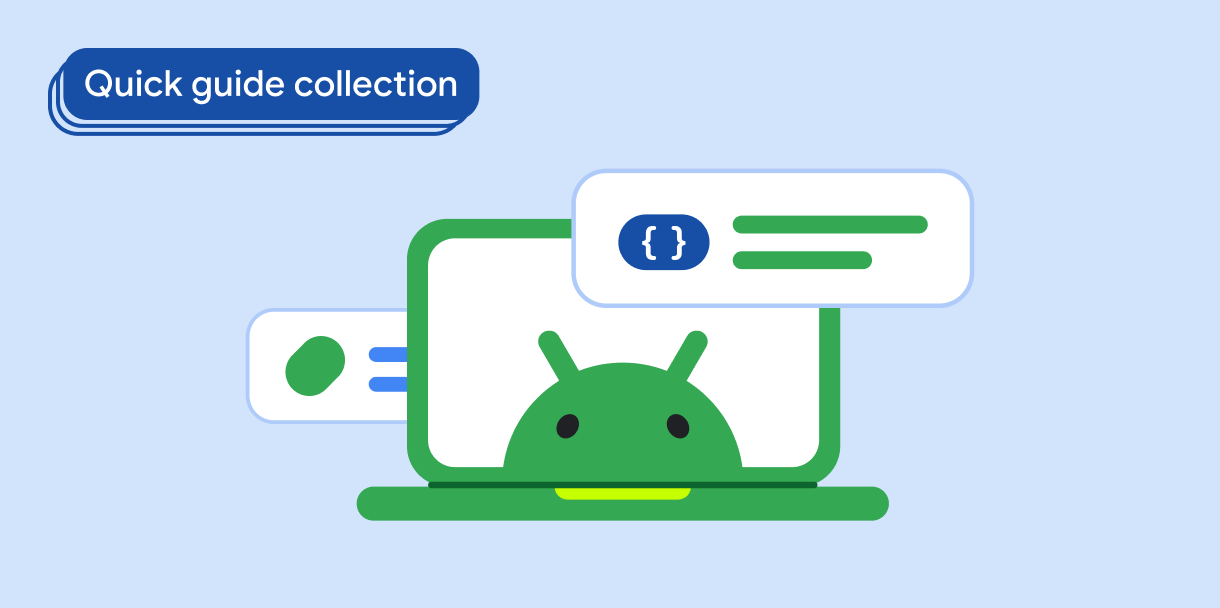רכיב סרגל ההתראות משמש כהתראה קצרה שמופיעה בתחתית המסך. הוא מספק משוב על פעולה או פעולה ללא הפרעה לחוויית המשתמש. סרגל הסטטוסים נעלם אחרי כמה שניות. המשתמש יכול גם לסגור אותן באמצעות פעולה, כמו הקשה על לחצן.
ריכזנו כאן שלושה תרחישים לדוגמה שבהם כדאי להשתמש בסרגל ההודעות:
- אישור פעולה: אחרי שמשתמשים מוחקים אימייל או הודעה, מופיעה סרגל סטטוסים כדי לאשר את הפעולה ולהציע את האפשרות 'ביטול'.
- סטטוס הרשת: כשהאפליקציה מאבדת את החיבור לאינטרנט, מופיעה הודעה בסרגל ההתראות על כך שהיא נמצאת עכשיו במצב אופליין.
- שליחת נתונים: אחרי שליחת טופס או עדכון ההגדרות, יופיע הודעה בסרגל ההתראות על כך שהשינוי נשמר.
תאימות גרסאות
כדי להטמיע את האפשרות הזו, צריך להגדיר את minSDK של הפרויקט לרמת API 21 ואילך.
יחסי תלות
יצירת סרגל סטטוסים בסיסי
כדי להטמיע סרגל סטטוסים, קודם יוצרים את SnackbarHost, שכולל את הנכס SnackbarHostState. SnackbarHostState מספק גישה לפונקציה showSnackbar(), שבאמצעותה אפשר להציג את סרגל האזהרות.
כדי להשתמש בפונקציית ההשעיה הזו, צריך להגדיר CoroutineScope, למשל באמצעות rememberCoroutineScope. אפשר להפעיל את הפונקציה הזו בתגובה לאירועים בממשק המשתמש כדי להציג Snackbar בתוך Scaffold.
יצירת סרגל סטטוסים עם פעולה
אפשר לציין פעולה אופציונלית ולשנות את משך הזמן של Snackbar.
הפונקציה snackbarHostState.showSnackbar() מקבלת פרמטרים נוספים מסוג actionLabel ו-duration ומחזירה SnackbarResult.
אפשר לספק Snackbar מותאם אישית באמצעות הפרמטר snackbarHost. מידע נוסף זמין במאמרי העזרה של SnackbarHost API.
תוצאות

אוספים שמכילים את המדריך הזה
המדריך הזה הוא חלק מהאוספים הבאים של מדריכים מהירים, שמכסים יעדים רחבים יותר לפיתוח Android:




